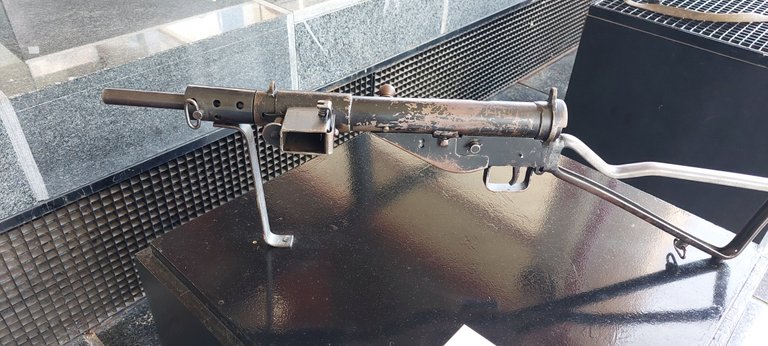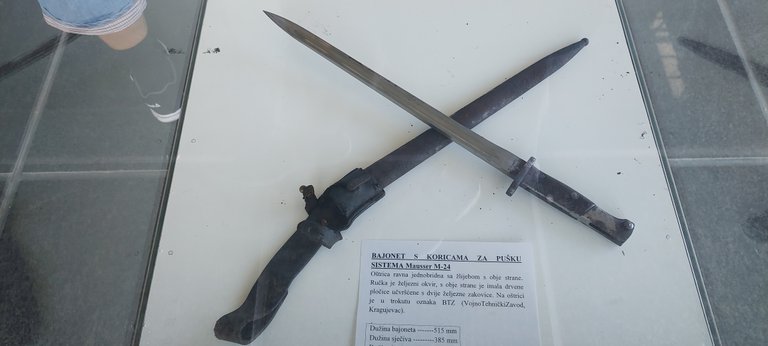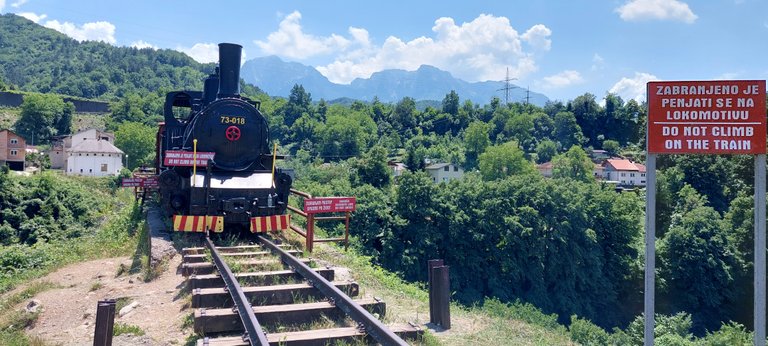A historical one: The most human battle in World War II

The Battle On The River Neretva - Battle For The Wounded WWII
On the way between Sarajevo and Mostar, in the city of Jablanica we visited a unique museum and locality.
It is called Museum of the Battle for the Wounded at Neretva and is a reminder on one of the most famous battles in World War II. It was also one of the most unlikely victories as well as the trickiest war maneuvers!

The battle is simply called „The Battle on the river Neretva“. The museum is located in the center of the city, next to a blown-up bridge, which is a symbol of this battle. The bridge represents its most important exhibit and it is very special for people from this city. It reminds them of the heroic battle and the victory that they, their fathers and grandfathers, have won.

„The Battle on the river Neretva “, also known under a German code name „Fall Weiss“, was the strategic plan of The Axis forces against the Yugoslav partisan movement on today’s territory of Bosnia and Herzegovina.
The attacks began on January 20th, 1943, and partisans were largely outnumbered in it. The Axis forces had 127 000 soldiers, strong artillery, tanks, and 15 warplanes, comparing to partisan’s 18 000 soldiers. Axis’ strong attacks started in north-western Bosnia and part of today’s Croatia, and partisans were forced to retreat. They pulled back all the way to south-east, to the river Neretva. On their way, they carried almost 4 000 wounded soldiers with them! That’s why this battle is often called „The most human battle in WW II“. Even now, if you visit Jablanica, you will see the sign „We cannot leave the wounded“, words of the president of Yugoslavia Josip Broz Tito.

After Tito’s orders, partisans destroyed all the bridges behind them. When everyone expected partisans will head north, and not east across Neretva, Tito ordered destroying the railway bridge in Jablanica. Which they did, and while the train was crossing it! That was a bold and tricky decision, which nobody expected, especially The Axis forces. They deployed all their troops up north, in the valley of river Vrbas, waiting for partisans.


After blowing up the bridge, a new and improvised wooden bridge was built in only 19 hours, and it was a salvation for partisans and the wounded, after which they headed to mountain Prenj. You can still find a war memorial on Prenj dedicated to partisans who climbed this beautiful but cruel mountain. This hard battle ended on March 31st, with partisans coming out of it as winners. It went out in history as one of the most difficult battles of WWII and victories against all the odds.

The most expensive film ever made in Yugoslavia
On the place of the blown-up bridge, Germans built another one in August 1943. The bridge was blown up again for the purposes of making a film „Battle at the river Neretva“.
https://m.imdb.com/title/tt0064091/
One of the most prominent actors of that time starred in the film, like Yul Brynner, Orson Welles, Franco Nero, and others. It was nominated for Academy Award for Best Foreign Language Film.
Pablo Picasso made one of the posters, making it one of the two he made in his entire career! Being a huge fan of Yugoslavian cinematography, he didn’t want to take any money, but only a case of best Yugoslav wines.

The film was the most expensive in ex Yugoslavia. It costed between 4,5 and 12 million $, today’s equivalent of 70 million $! 350 million people from over the world saw the film. It also had over 10 000 extras, slightly less than Kubrick’s „Spartak“.
Now back to the museum! On the 12th of November 1978, Josip Broz Tito opened it himself, on occasion of making the 35th anniversary of the battle on Neretva.


Today, the overall surface of the museum is 3312 square meters. Inside you can find a lot of interesting things, from photos from that period, original documents, 3D objects, brigade flags and much more. Besides the exhibition of “Battle on Neretva,” you can also find exhibits of the 4th corps of Army of Bosnia and Herzegovina and Jablanica ethnic house. Also, in museum, you can find a city library with more than 10.000 books.
Near the museum, you will also see a life-size replica of old locomotive series 73, used in railway bridge explosion.










I will put this place on my list for when I return to Bosnia. I took a train from Sarajevo to Mostar when I was there before. I literally cannot imagine crossing those mountains...
This is from our trip to Bosna last year. We went to Trebinje by car, via Romanija, Sarajevo, Mostar, Blagaj (Take a look at my first post on Ecency.). And from Trebinje they returned through Sutjeska and Visegrad. Phenomenal tour.